Podcast: Play in new window | Download (Duration: 29:27 — 27.0MB)
Subscribe: Google Podcasts | Spotify | Android | RSS | More
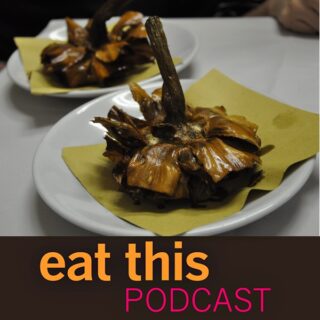 Today is the 80th anniversary of the roundup and deportation to Auschwitz of the Jews of Rome. That much I knew as I was planning this episode. More recent events took me and everyone else completely by surprise. I am sticking to my plan.
Today is the 80th anniversary of the roundup and deportation to Auschwitz of the Jews of Rome. That much I knew as I was planning this episode. More recent events took me and everyone else completely by surprise. I am sticking to my plan.
Rome’s former ghetto has become a tourist attraction, with an interesting museum under the Great Synagogue and plenty of other sites to see. And where there are tourists, there is food. The foodification of the ghetto, however, goes well beyond overpriced snacks. Both sides of the main street, the via del Portico Ottavia, are almost completely lined with restaurants. What I find most mysterious about this is that one of the most popular Roman foods, carciofi alla giudia, is freely available all over Rome and beyond. What makes this deep-fried delight Jewish? And how has food in the ghetto changed?
To help me understand the transformation of Rome’s Jewish foodscape I enlisted the help of Micaela Pavoncello, a member of the Jewish Community, and Sean Wyer, who has been studying the changes in the former ghetto.
Notes
- Micaela Pavoncello runs Jewish Roma Walking Tours and offers a wide range of tours and other activities.
- Sean Wyer’s paper Gourmet and the Ghetto: The “Foodification” of Rome’s Historic Jewish Quarter is available from his website.
- Finally, the transcript
- Cover photograph by seventyoneplace, used with permission. Other pictures by me.
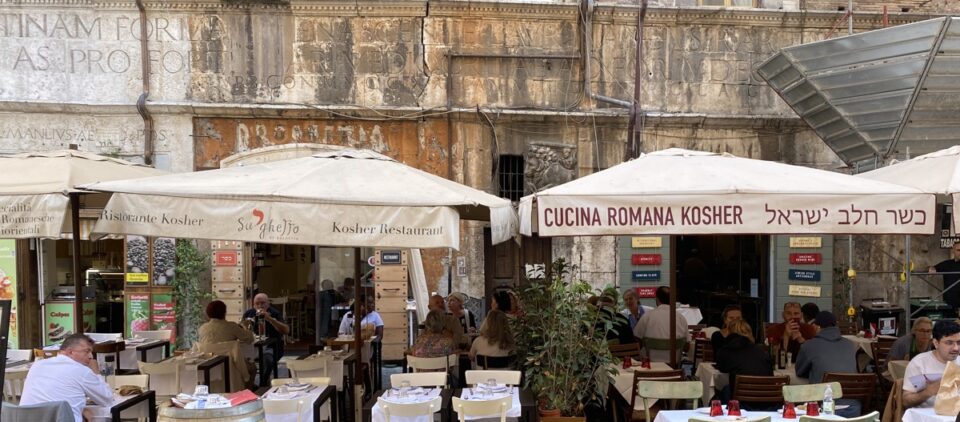



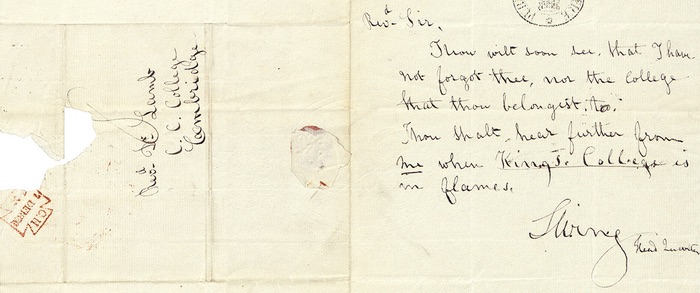
 In her latest book English Food: A People’s History, Diane Purkiss offers just that, an entrancing survey of what and how the English ate, with due recognition that “‘the English’ are not a single entity” and that the past necessarily illuminates the present. Impossible to cover all that in a single episode, or even several, we set out to explore what happens when the vast bulk of the English do not have enough to eat. Food riots are a recurring feature of rural life in England, often the result of bad weather and always exacerbated by the action — or inaction — of the ruling classes. As Diane told me at the outset, “it might be faster to talk about what rebellions don’t have a food element”.
In her latest book English Food: A People’s History, Diane Purkiss offers just that, an entrancing survey of what and how the English ate, with due recognition that “‘the English’ are not a single entity” and that the past necessarily illuminates the present. Impossible to cover all that in a single episode, or even several, we set out to explore what happens when the vast bulk of the English do not have enough to eat. Food riots are a recurring feature of rural life in England, often the result of bad weather and always exacerbated by the action — or inaction — of the ruling classes. As Diane told me at the outset, “it might be faster to talk about what rebellions don’t have a food element”.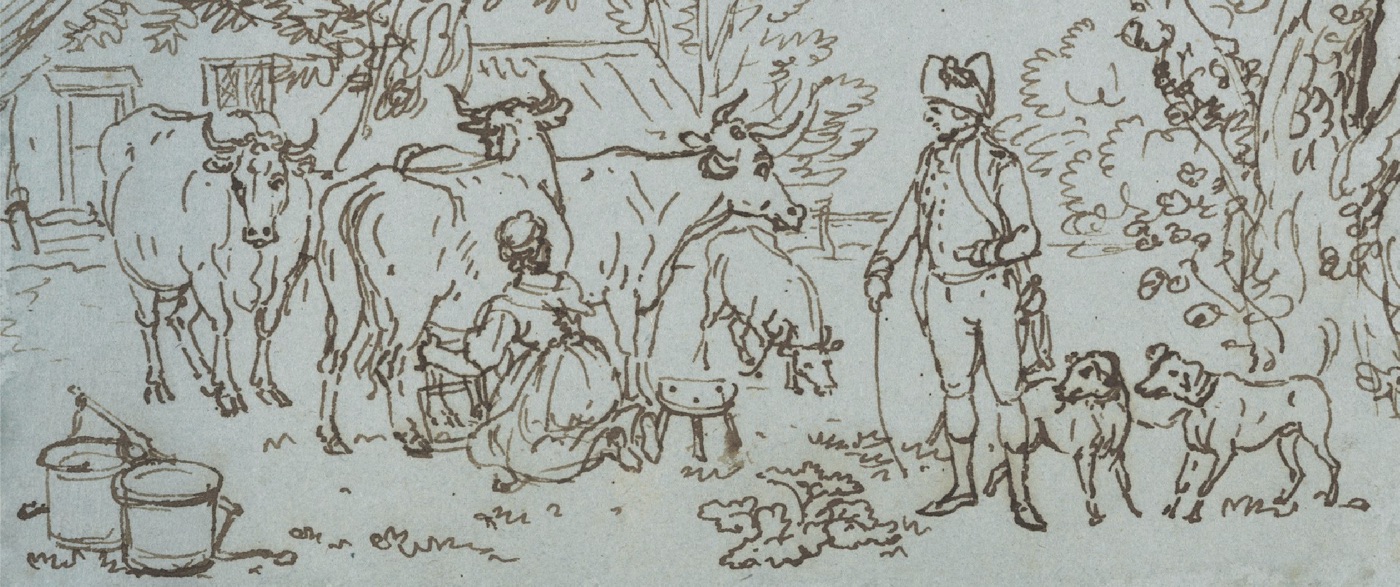
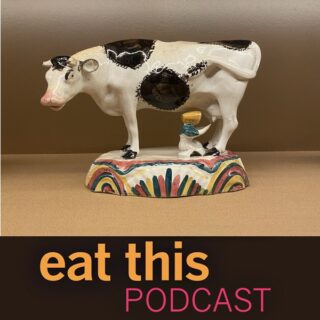 Anne Mendelson’s new book Spoiled is subtitled The Myth of Milk as Superfood, and at its core argues that while there’s nothing wrong with fresh milk, at least for those who can digest it as adults, the belief that you cannot have enough of a good thing has created a monstrous industry. Dairy farmers have always had the short end of the stick, because fresh milk is inevitably a buyers’ market. Cows have been manipulated to divorce them from any kind of natural life. And milk drinkers are being fobbed off with a tasteless white liquid reconstituted from its constituent parts and with no hedonic value. And for what?
Anne Mendelson’s new book Spoiled is subtitled The Myth of Milk as Superfood, and at its core argues that while there’s nothing wrong with fresh milk, at least for those who can digest it as adults, the belief that you cannot have enough of a good thing has created a monstrous industry. Dairy farmers have always had the short end of the stick, because fresh milk is inevitably a buyers’ market. Cows have been manipulated to divorce them from any kind of natural life. And milk drinkers are being fobbed off with a tasteless white liquid reconstituted from its constituent parts and with no hedonic value. And for what?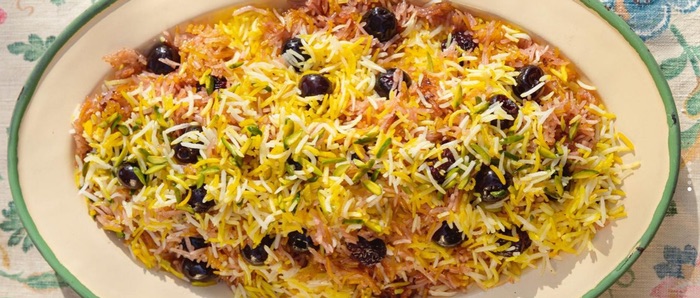
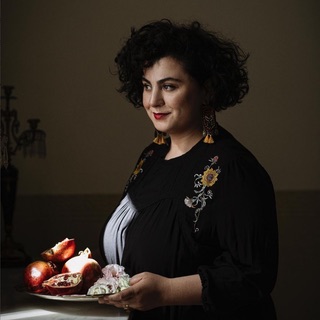 Saghar Setareh left Iran in 2007 at 22 years old. She came to Rome to study graphic design and photography. The way she tells it, when she arrived she “certainly didn’t have a particular passion for food”. Slowly, though, that passion developed, first for Italian food and then by extension for the food of her homeland. Her book, which emerged from her passion, shares stories and recipes from Iran, from Italy, and from all the countries in between, and it is simply gorgeous, showcasing her multiple talents: writer, cook, photographer.
Saghar Setareh left Iran in 2007 at 22 years old. She came to Rome to study graphic design and photography. The way she tells it, when she arrived she “certainly didn’t have a particular passion for food”. Slowly, though, that passion developed, first for Italian food and then by extension for the food of her homeland. Her book, which emerged from her passion, shares stories and recipes from Iran, from Italy, and from all the countries in between, and it is simply gorgeous, showcasing her multiple talents: writer, cook, photographer.